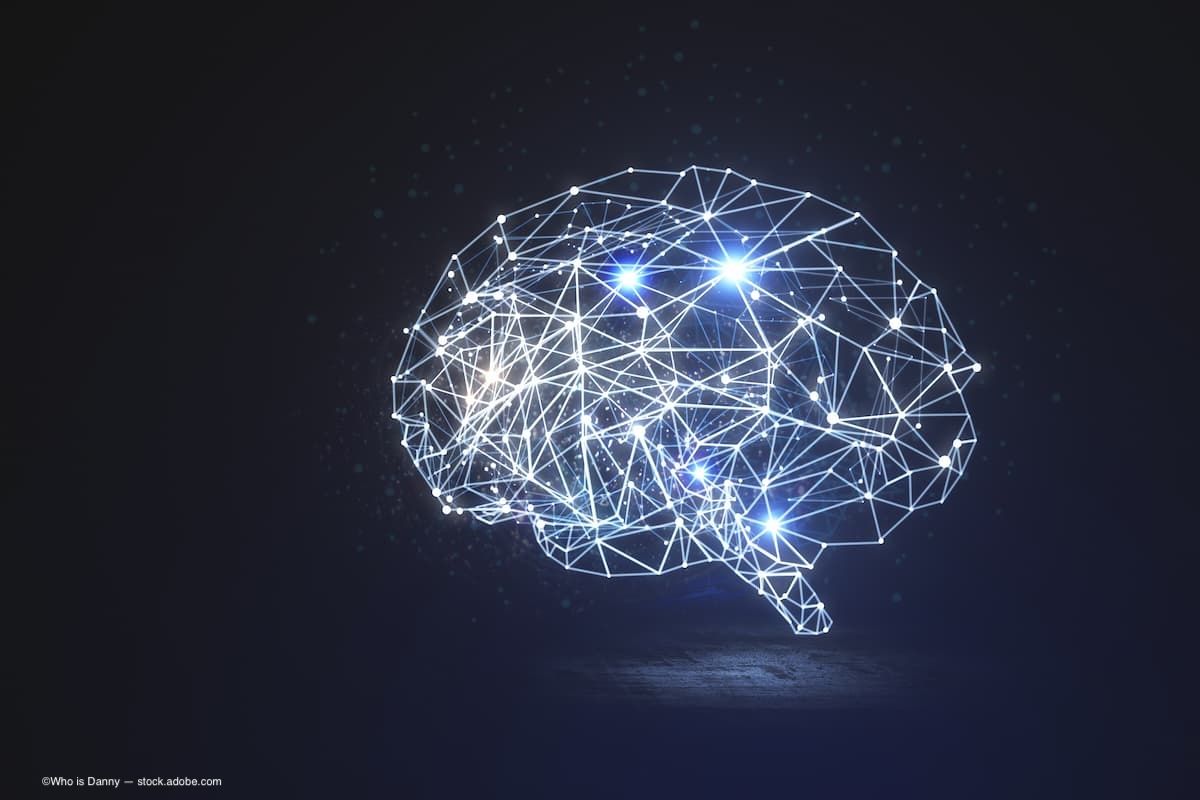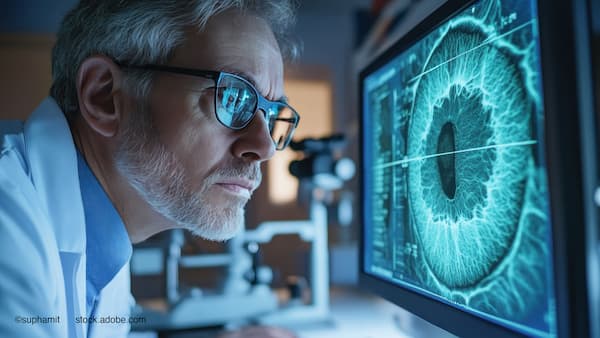News
Video
Envision Summit 2025: Prediction of structural OCT biomarkers in intermediate AMD using deep learning
Author(s):
At the Envision Summit 2025 in San Juan, Puerto Rico, Giulia Corradetti, MD discussed AI applications in the identification and prediction of OCT structural biomarkers in intermediate AMD.
At the Envision Summit 2025 in San Juan, Puerto Rico, Giulia Corradetti, MD discussed AI applications in the identification and prediction of OCT structural biomarkers in intermediate AMD.
Video Transcript:
Editor's note: The below transcript has been lightly edited for clarity.
Giulia Corradetti, MD:
Hi, I'm Dr Giulia Corradetti from the Doheny Eye Institute, and I'm thrilled to be invited to present at the Envision Summit in Puerto Rico. I had the pleasure to present about our experience on the AI applications in the identification and prediction of OCT structural biomarkers in intermediate AMD. In the context of non-neovascular AMD, there is an urgency in developing new theropathic to target early and intermediate AMD prior the development of geographic atrophy, in order to preserve irreversible vision loss. To optimize the design of early intervention clinical trials, we will need to improve our understanding of the natural history of earlier stages of AMD and to detect [and] identify biomarkers that can eventually be used as surrogate biomarkers and hand points in clinical trials. AI can surely help in achieving this by facilitating the risk stratification and optimization of early clinical trial design.
During my presentation, I illustrated our experience with the SLIViT framework, which is a deep learning framework we've developed in collaboration with the UCLA computational medicine. Which allows us to detect structural biomarkers in MRIs, OCT, and other 3D medical images. The advantage of this platform and framework is that it allows us to achieve a very good performance in identifying OCT structure biomarkers in intermediate AMD with a similar performance as retinal specialist in a fraction of time–about 5000 times faster. And this is a great advantage, because, as we know, the annotation process of medical images is very lengthy and an object of integrated human variability. Another advantage of this framework is that we are able to achieve a very good performance by training the algorithm using a particularly low number of data sets.
Newsletter
Don’t miss out—get Ophthalmology Times updates on the latest clinical advancements and expert interviews, straight to your inbox.




